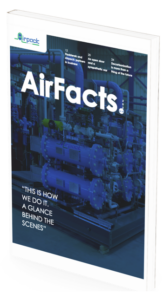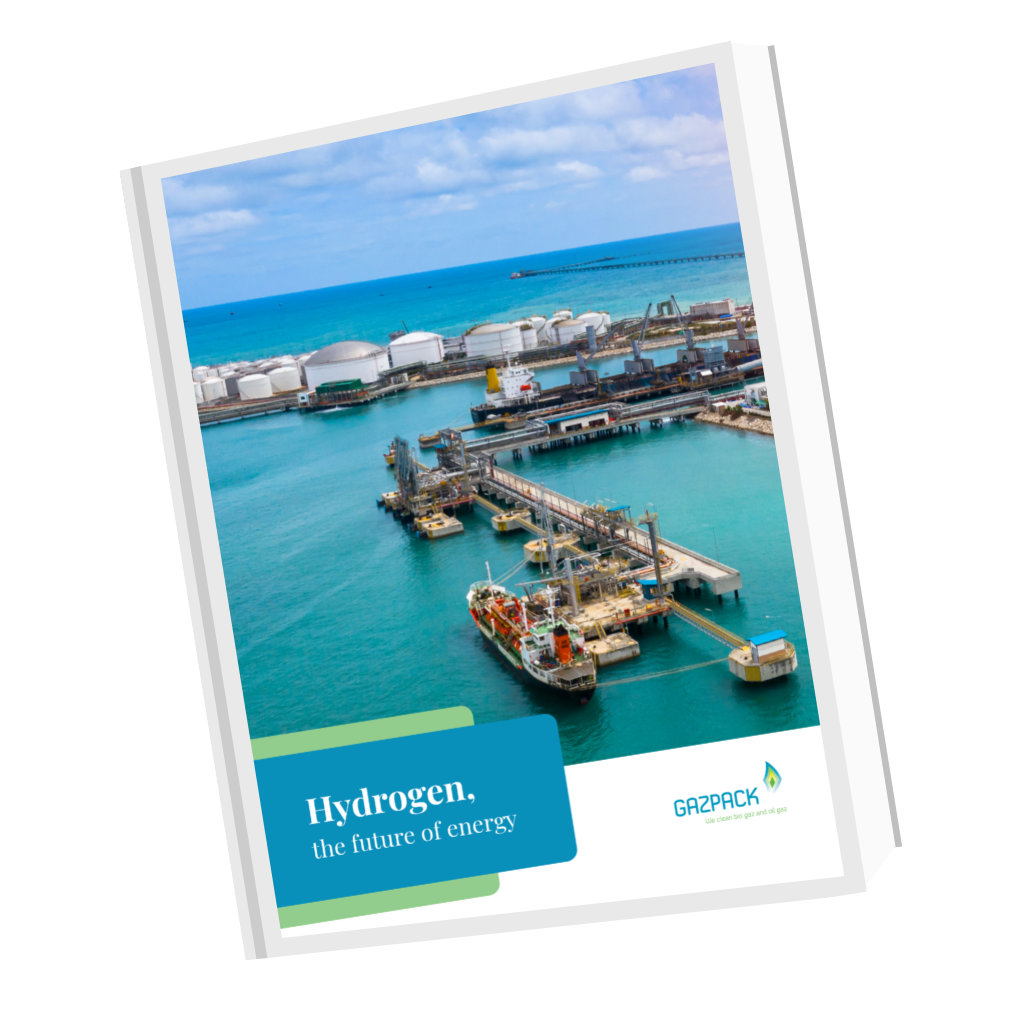Biogas Scrubber
Looking to explore the world of biogas processing and handling solutions? Get instant access to our documents about biogas technology.
Methane is a greenhouse gas that bears some responsibility for atmospheric pollution and climate change complications. At the same time, it is a renewable gas that serves as an abundant alternative source of generated power as well as an ecological way to propel vehicles. Best of all, it is more plentiful and immediately accessible than natural gas from geological deposits. Yet — just like natural gas, petroleum or coal — biogas in its rawest form contains chemical compounds that impede economy, efficiency and, yes, safety. A biogas scrubber is a remedy for these unwelcome substances.
What Makes Biogas?
The essence of biogas is methane, or CH4, a colorless, odorless greenhouse gas. Thus, when abundant in the atmosphere, CH4 will trap heat from dissipating and aggravate global warming and climate change. Less copious and longstanding than carbon dioxide (CO2), methane is nevertheless a more menacing heat-trapper than any other greenhouse gases. All that said, however, CH4 packs a hard punch in terms of energy. Purified biogas now contributes to regional power grids and public transportation systems. This proves that, when captured, biogas methane is an environmental asset rather than a liability.
How does this happen? Consider this fact: some estimates peg 15 percent of human originated greenhouse emissions to cattle flatulence. What is that but the product of digestion, i.e. breaking down substances to form various chemical compounds. Such is the case with anaerobic digestion. This process makes methane from all kinds of waste: compost, sewage, manure, landfill, dead tree limbs, animal carcasses etc. In an age when waste management is a growing environmental stressor, anaerobic digestion — which takes place naturally or by human intention — addresses the ecologies of both land and atmosphere.
As engineered by humans, an anaerobic digester takes any of the feedstock — also called substrate — listed above and confines it to a tank devoid of oxygen. Once so isolated, and heated at various temperatures, the organic material proceeds through several phases of decomposition by means of bacteria. At the end of this course, the substrate yields CH4, CO2 and a smattering of other compounds in trace amounts. This is biogas, which is diverted to another vessel for capture and storage. The remainder of the feedstock is the digestate, reserved for later use as fertilizer or livestock bedding, for example. Meanwhile, the future of the captured biogas depends on its processing. As it stands after digestion, the biogas is not yet ready for prime time.
How a Biogas Scrubber Works
Raw biogas is methane plus — plus CO2, hydrogen sulfide (H2S), siloxanes, mercaptans and sulfur dioxide, among other substances. In varying degrees, these chemicals make the biogas less effective as an energy source and may damage transport and storage capacity. Some of them are toxic to human health. Needless to say, biogas producers need to purge these for their gas to be safe and efficient for consumers. The cleansing procedures depend largely on the ultimate use of the biogas. For the sake of simplicity, we consider the most comprehensive, the full treatment.
A number of different mechanisms serve to remove destructive compounds from raw biogas. Of the most effective, a calcium hydroxide, or slaked lime, solution can remove both CO2 and H2S under conditions of high pressure, low temperature and high pH levels. Employing adsorption, activated carbon is a strong CO2 remover while converting H2S to pure sulfur. Iron sulfide also pulls H2S out of the mix.
Water vapor is another detrimental presence in raw biogas. Diminishing the calorific value of the biogas, H2O thus lessens energy outputs from engines powered by biogas. So, although not toxic like H2S, the water vapor is nonetheless a hindrance to efficient performance. A solid biogas scrubbing system ordinarily compresses the vapor, cools it and allows it to precipitate out of the biogas. Other ways to rid the stream of H2O vapor are adsorption with silica gel; glycol and hygroscopic salts at high heat; and sieves that can capture the water molecules. All prove to be effective elements of scrubbing.
Whether one or every method of scrubbing is necessary hinges on the initial feedstock; the anaerobic digestion process; and the purpose of the biogas. The type of anaerobic digestion, in this context, refers to the level of heat applied in the digestion tank.
- Psychrophilic digestion — about 68 degrees Fahrnheit
- Mesophilic digestion — between 95 and 105 degrees Fahrenheit
- Thermophilic digestion — between 125 and 140 degrees Fahrenheit
Of course, the differences in heat will likewise depend on substrate and purpose. So, each of the elements of a biogas scrubber system are, in a sense, tuned to one another.
In Summary
The ease at which biogas is attained compared to geological natural gas complements the overall environmental benefits of this renewable natural gas. Yet biogas methane is a harvest that yields many metaphorical weeds. These are chemical compounds that stunt the ultimate performance of the gas unless removed. Fortunately, there are multiple ways to pull these prohibitive substances from the usable methane. Some involve a liquid application; others use adsorption to solids. Once this processing is complete, biogas becomes a highly practical and environmentally friendly source of abundant energy.




